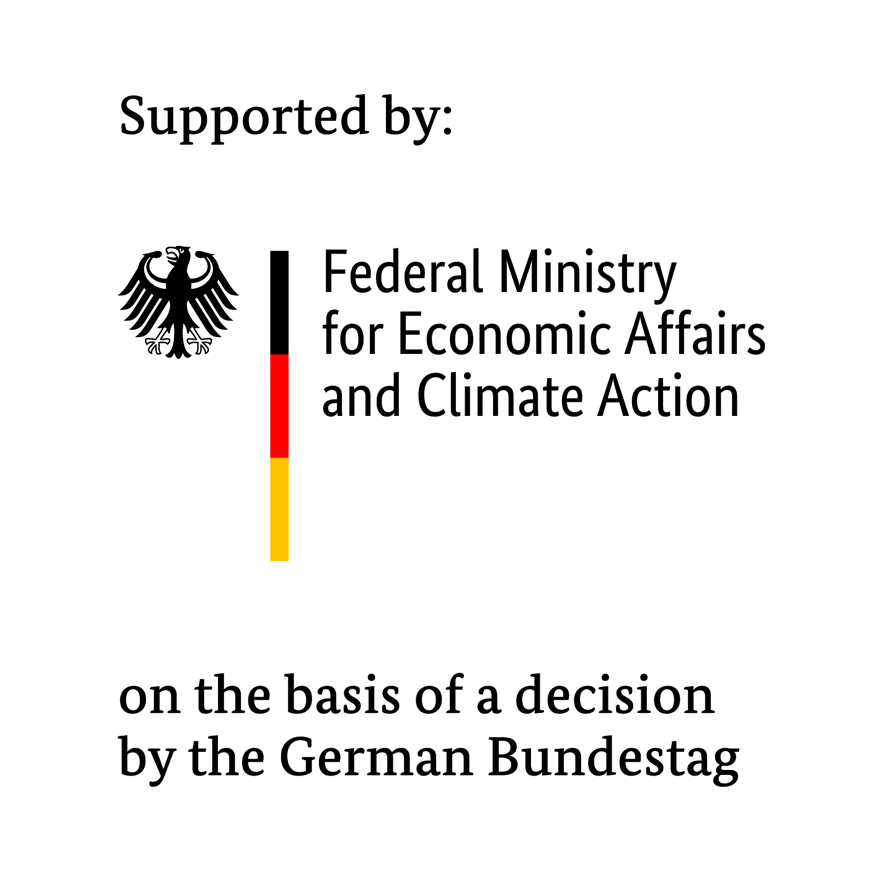Investigation of the potential of fiber-reinforced foams for use in wind energy
| Funding: | Federal Ministry for Economic Affairs and Climate Action (BMWK) |
| Funding amount: | EUR 931,000 |
| Partner: | Fraunhofer IWES (project coordination), SAERTEX GmbH & Co. KG |
| Duration: | 01/2023 - 12/2025 |
- Rotor blades for wind turbines need to withstand great loads and yet remain as light as possible at the same time.
- Balsa wood from Latin America offers these advantages but is also associated with disadvantages such as high costs, great transport distances, inconsistent mechanical properties, and critical resource efficiency.
- In the OptiFoam joint project, the researchers are investigating the potential of fiber-reinforced foams with the aim of developing a specially adapted material for rotor blades, thus replacing balsa wood in the manufacture of wind turbines.
- In a subproject, Fraunhofer IWES, the project coordinator, is developing and adapting methods for the evaluation of possible use.
Rotor blades for wind turbines must fulfill two contradictory properties at the same time: They must be as light as possible in order to keep the weight of the rotor star low, and yet remain durable enough to withstand the enormous wind forces acting on them. Until now, the main materials employed as core materials in sandwich constructions for the blades have been balsa wood and rigid plastic foams such as PVC and PET. Due to its high compressive strength, balsa wood is predominantly employed near the roots, in areas subject to higher loads.
However, the natural material also has its disadvantages: The raw material is a scarce commodity, so costs have risen sharply and securing a reliable supply is becoming increasingly difficult. In addition, there are valid concerns with the sustainability and resource efficiency deficits of this material, given as the plantations are in Latin America and the material must be transported over great distances to the blade production facilities in Europe. At the same time, the mechanical properties of a natural material can still vary significantly, impacting the final strength of the rotor blades.
This is where the OptiFoam joint project comes in. The aim is to develop an alternative to the use of balsa wood. The researchers are investigating the possibilities for use of heterogeneously structured core materials (engineered foams) as a new material for the construction of rotor blades. Here, the mechanical properties of foam materials are increased by targetedly reinforcing them with struts made of glass-fiber reinforced plastic (GFRP). Alongside materials conventionally used in rotor blades, the researchers are also considering new combinations of materials. The aspect of sustainability and end-of-life recyclability is taken into account by the selection of compatible base and reinforcement materials, thus making it far easier to recover valuable materials.
In a subproject, Fraunhofer IWES, the project coordinator, is developing and adapting methods for the evaluation of possible use of fiber-reinforced foams in rotor blades and thus making the necessary framework available for the investigations.
